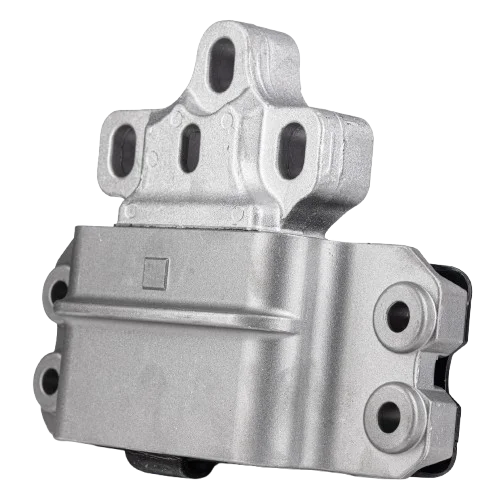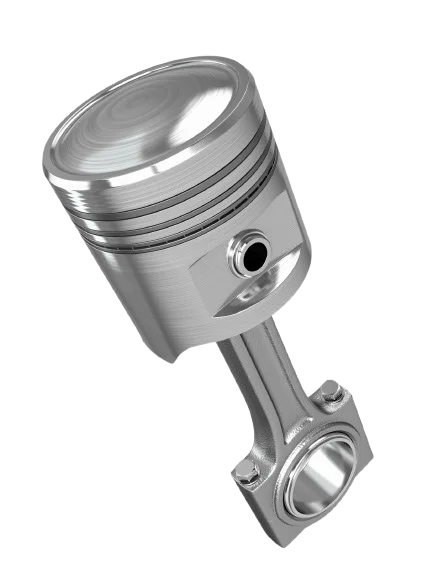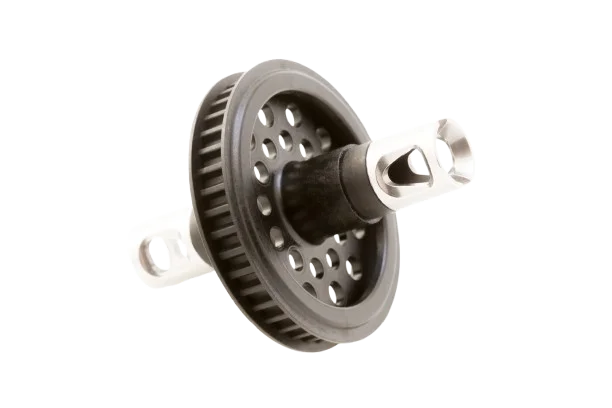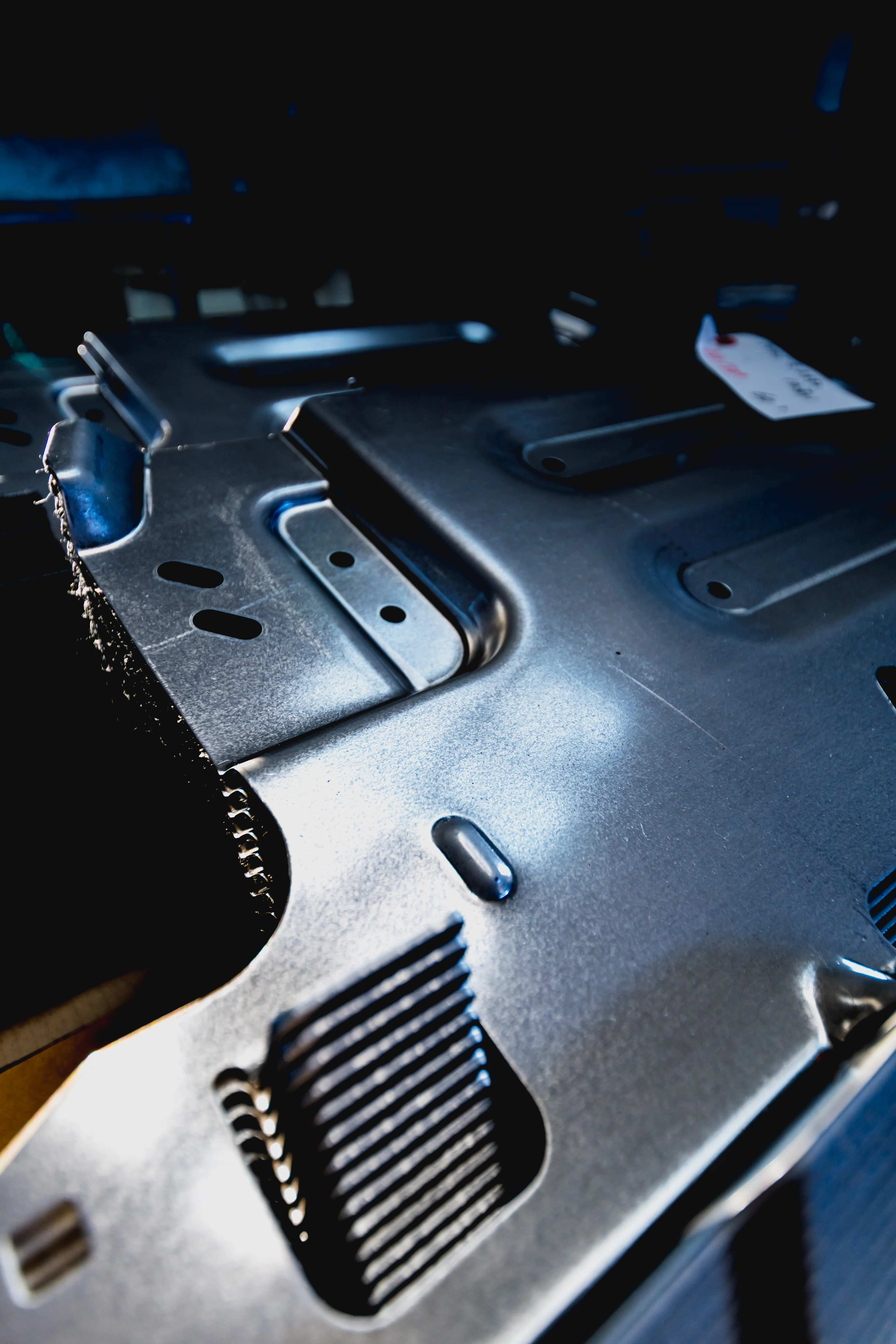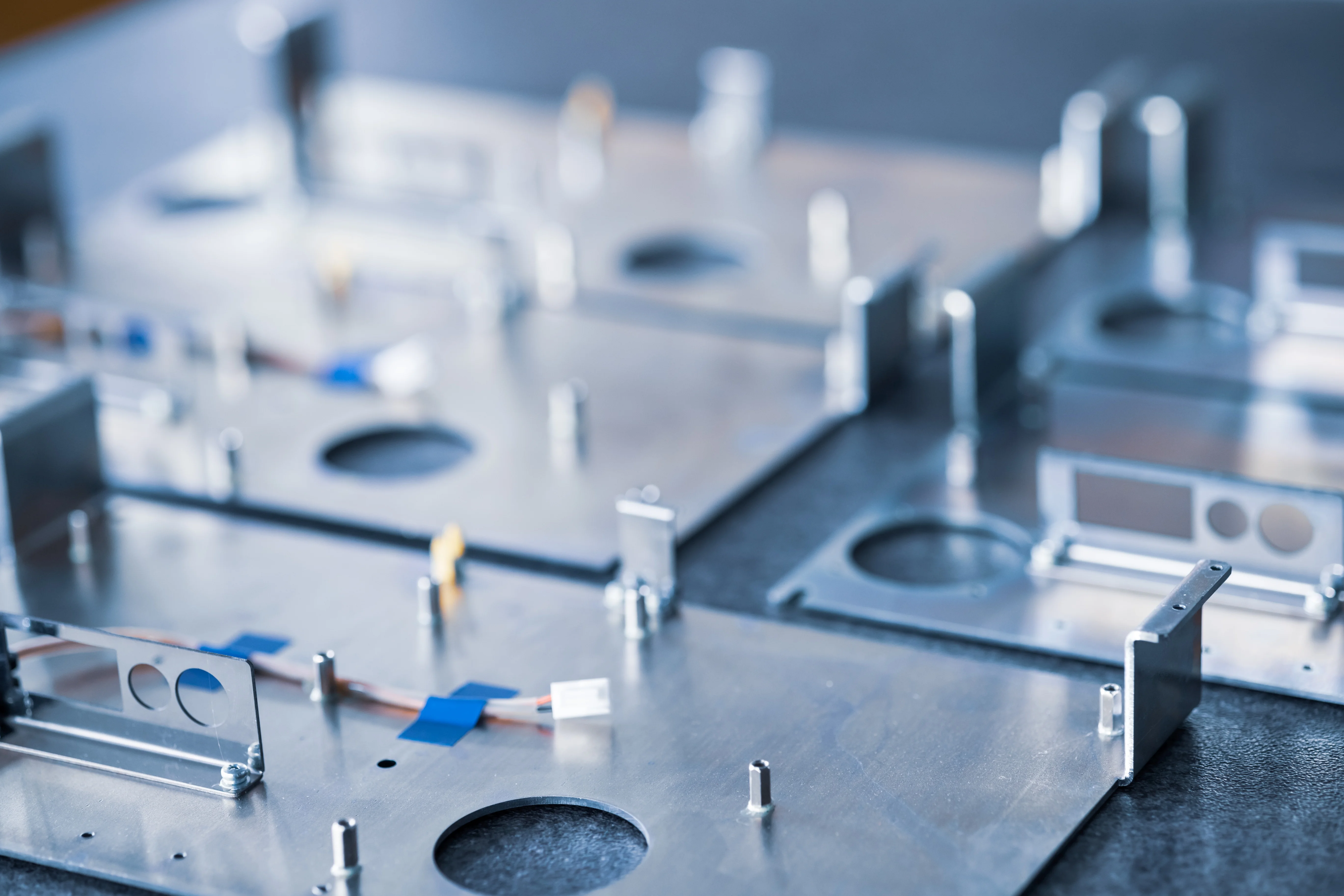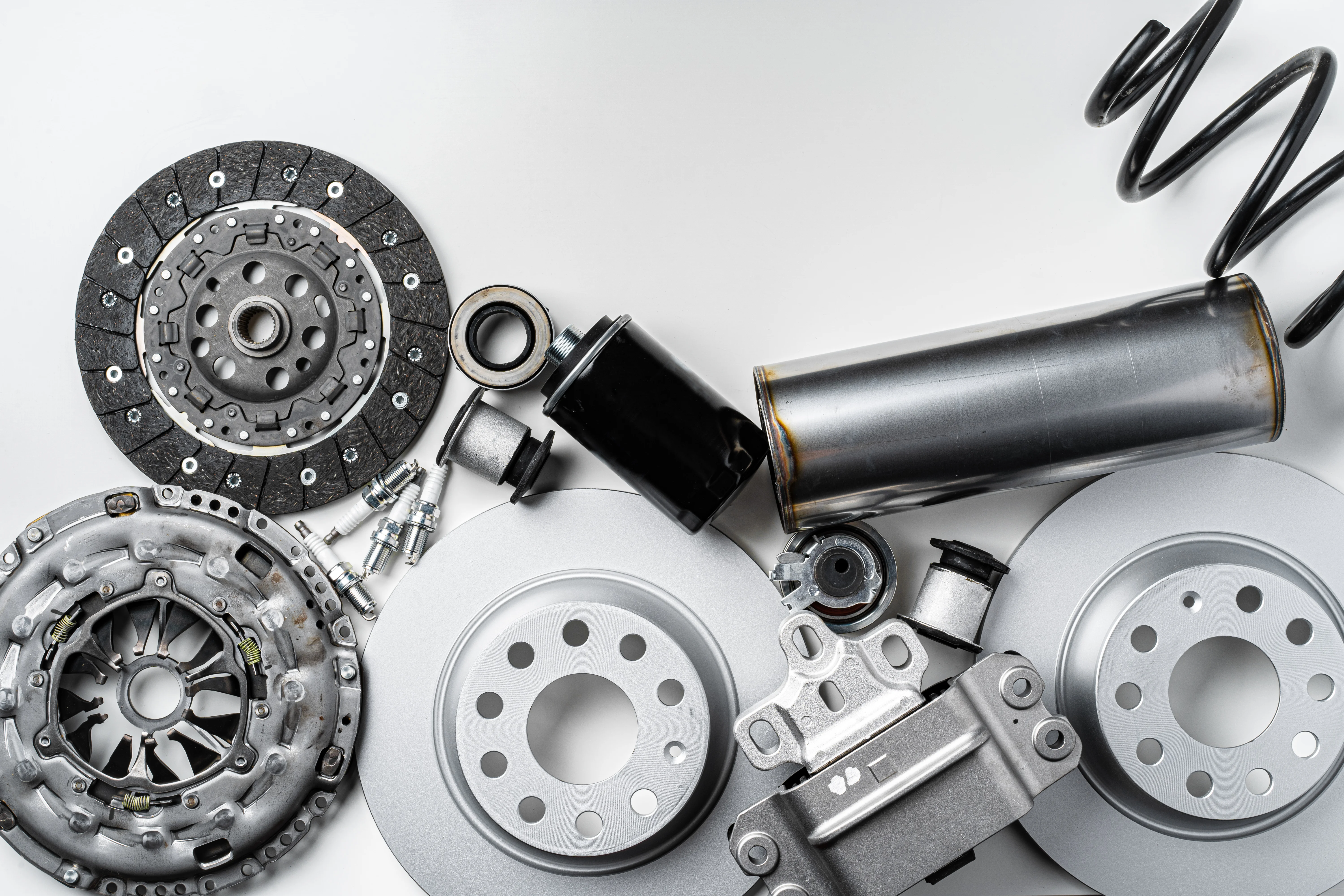Sheet Metal Stamping
At Zeometrix, we specialize in delivering custom precision sheet metal stampings. Whether you need short runs or high volumes, we can produce sheet metal parts using coiled or blanked sheet metal. Our processes encompass bending, cutting, and welding to achieve the desired results.
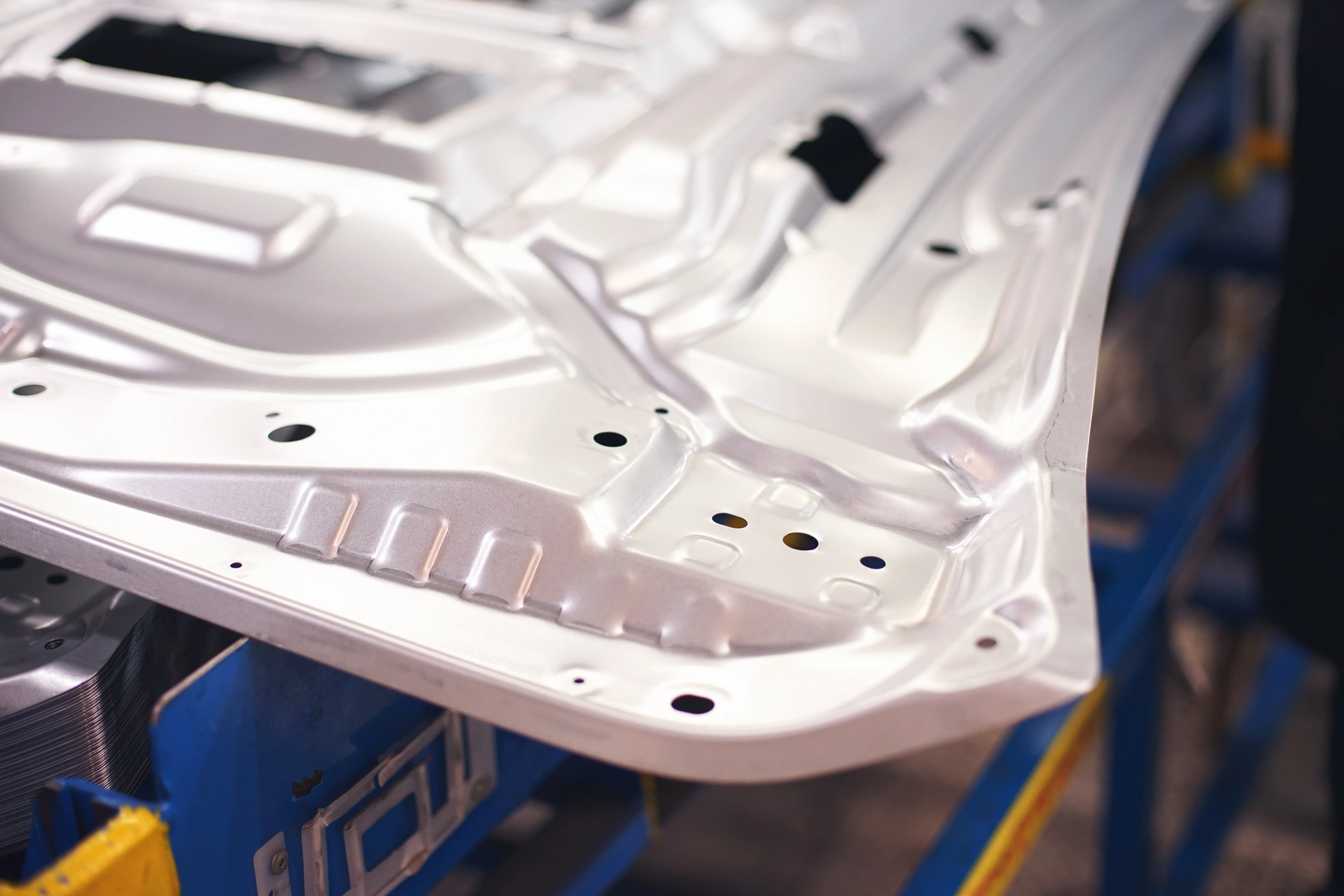
Trusted by more than 10,000 engineers and procurement leaders
High-Quality Sheet Metal Stamping From Zeometrix
Zeometrix excels in shaping and processing a diverse selection of metals to fulfill specific application needs. With our expertise and production tooling capabilities, we can manufacture parts with intricate and complex shapes. Our production capabilities cover a wide range of processes, including blanking, bending, embossing, punching, drawing, forming, piercing, laser cutting, welding, secondary machining, and fabrication We are equipped to work with different materials, such as cold-rolled steel (CRS), hot-rolled steel, stainless steel, galvanized steel, brass, aluminum, and beryllium copper, among others.
Pros and Cons of Sheet Metal Stamping
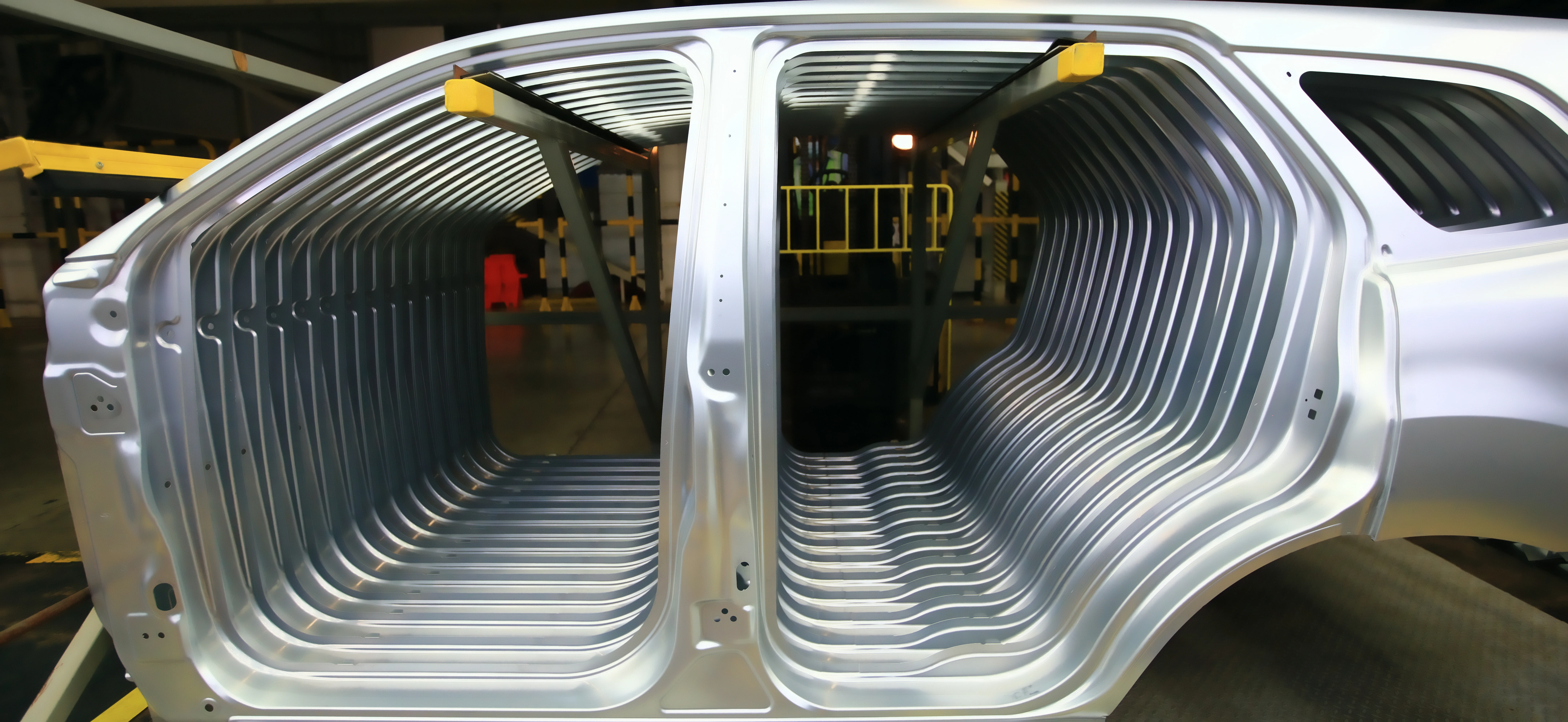
Drawbacks of Metal Stamping
While metal stamping offers many advantages, it also has some drawbacks, particularly related to setup costs and timelines. Once tooling is finalized, production becomes fast and cost-effective. However, its disadvantages include: Extended lead times for initial parts due to the time required to create dies. Upfront expenses driven by tooling, check fixtures, and non-renewable engineering necessary for stamp production lines.
METAL STAMPING & FORMING PROCESSES
• Precision Deep-Drawn Stamping: Renowned for its exceptional precision and reliability, deep-drawn stamping is an ideal method for creating intricate and accurate components. The intense compression applied during the forming process also ensures remarkable strength in deep-drawn parts.
• Progressive Die Stamping: Widely utilized in industries such as automotive, electronics, and consumer devices, progressive die stamping involves the sequential processing of sheet metal through multiple workstations. This enables the completion of one or more stamping operations in a systematic manner.
• Transfer Press Stamping: With transfer press stamping, an automated mechanical system transfers parts from one station to another. This method is particularly useful when components need to be detached from the metal strip to facilitate operations in a free state.
At Zeometrix, we employ these diverse stamping techniques to meet your specific requirements
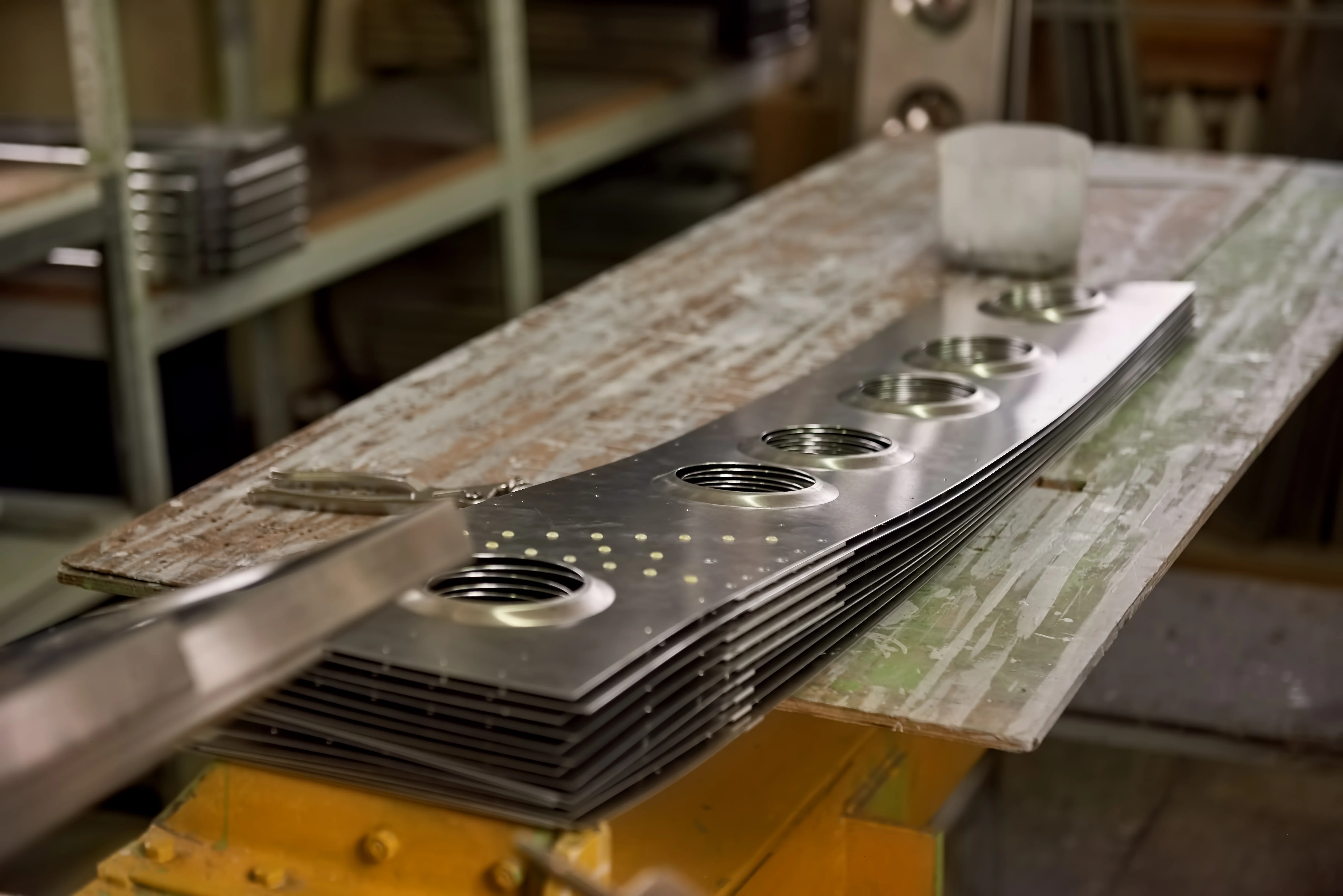
Production volumes of sheet metal stamping
| Production Volume | Description |
|---|---|
| Low Volume Production | Up to 100000 Units |
| Medium Volume Production | 100000-1 Million Units |
| High Volume Production | 1 Million Units |
SHEET METAL STAMPING FINISHING SERVICES
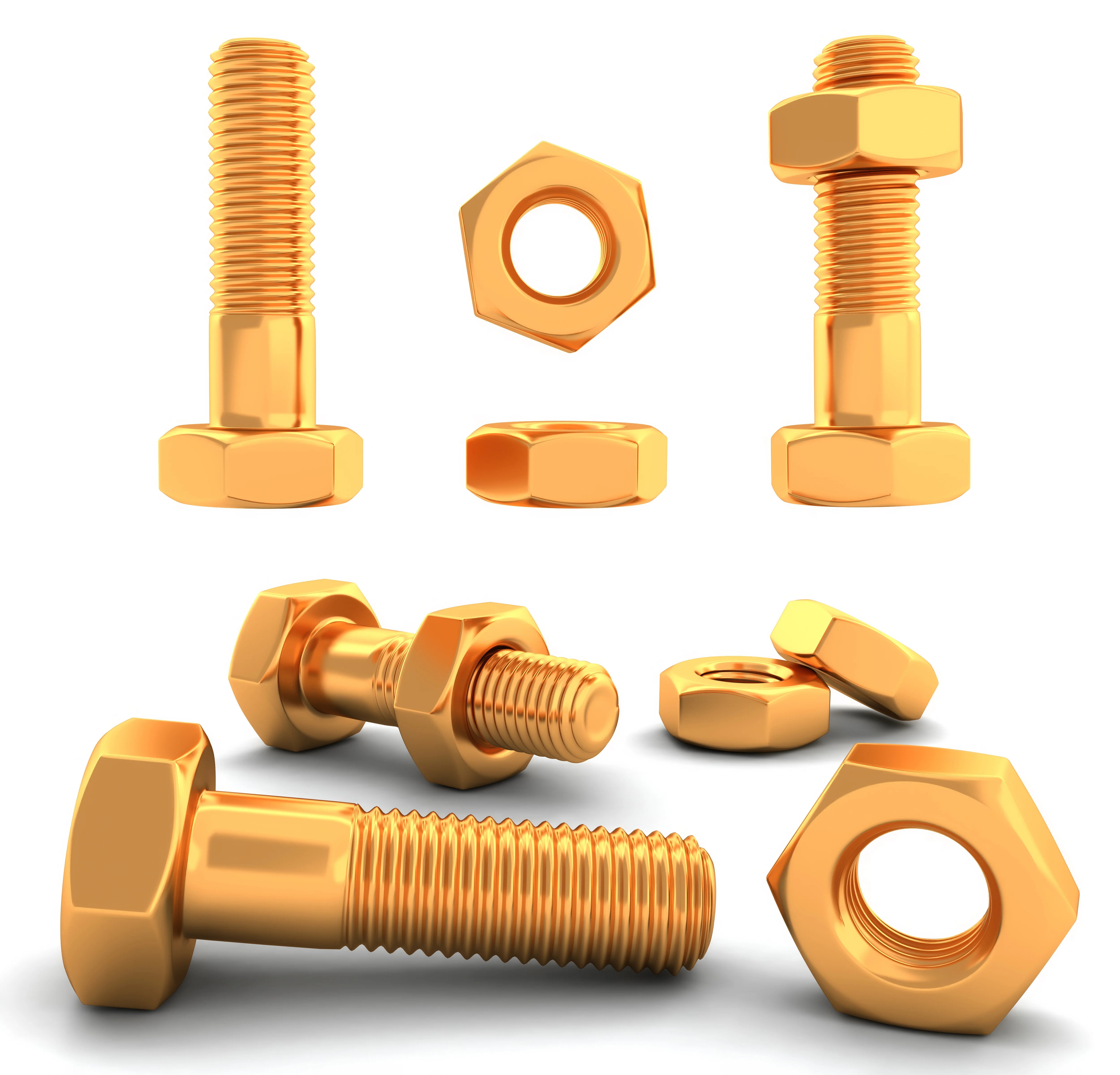
• Heat Treatment – Enhancing properties, performance, and longevity of components
• Chrome Plating – Providing cosmetic and decorative finishes
• Passivation – Preventing corrosion and improving longevity
• Powder Coating – Offering a wide range of vibrant colors and exceptional durability
• Anodizing – Providing corrosion resistance and cosmetic surface finishes
• Zinc Plating – Preventing corrosion and oxidation
• Cadmium Plating – Offering corrosion resistance and other beneficial properties
• Tin Plating – Commonly utilized in various industries
• Black Oxide – Creating a corrosion-resistant finish
• Gold and Silver Plating – Enhancing aesthetics and providing corrosion resistance, especially in electronic applications
• Annealing – Increasing ductility and reducing hardness for improved workability
Reasons to Choose Zeometrix for Metal Stamping Services

Expertise in Custom Solutions
Zeometrix specializes in transforming your unique designs into high-quality metal components, ensuring precision and consistency throughout the manufacturing process.

Material Flexibility
The company works with a wide range of materials, allowing for tailored solutions that meet specific project requirements.

Easy to Use
Once tooling is finalized, Zeometrix offers quick and economical production, significantly reducing costs per unit.
Examples of Our Sheet Metal Stamping Work
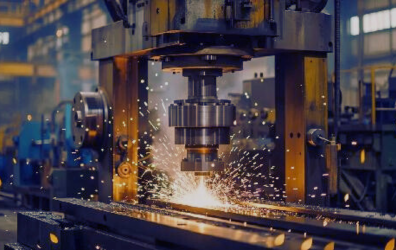
The Advantages of Sheet Metal Stamping in Manufacturing
Orjo Bora
15-11-2024
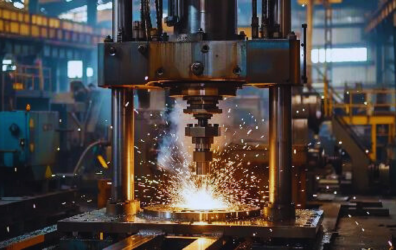
Common Techniques in Sheet Metal Stamping: From Blanking to Deep Drawing
Orjo Bora
15-11-2024
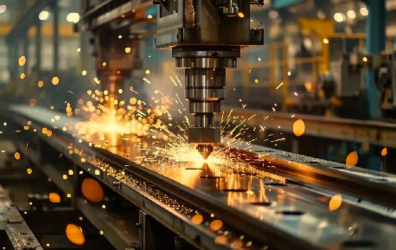
Cost Analysis of Sheet Metal Stamping: Understanding Setup and Production Expenses
Orjo Bora
15-11-2024
Sheet Metal Stamping
-
What is sheet metal stamping?
Sheet metal stamping is a manufacturing process that transforms flat metal sheets into specific shapes using dies and stamping presses. This cold-forming technique involves applying mechanical force to cut, bend, or shape the metal into desired forms. It is widely used in various industries, such as automotive, aerospace, and electronics, due to its efficiency and ability to produce high volumes of identical parts with precision. Common applications include components for vehicles, appliances, and machinery, making it a crucial process in modern manufacturing.
-
What are the main techniques used in sheet metal stamping?
The primary techniques in sheet metal stamping include blanking, punching, bending, deep drawing, and progressive die stamping. Blanking involves cutting out flat shapes from the metal sheet. Punching creates holes or features in the material. Bending shapes the metal using dies to achieve specific angles or curves. Deep drawing pulls a flat sheet into a three-dimensional shape. Progressive die stamping performs multiple operations in one pass, enhancing efficiency for high-volume production. Each technique serves distinct purposes based on design requirements and production needs.
-
What materials can be used in sheet metal stamping?
Sheet metal stamping can utilize various materials depending on the application requirements. Common materials include mild steel for strength and affordability, stainless steel for corrosion resistance, aluminum for lightweight applications, and brass or copper for electrical components due to their conductivity. Specialty alloys may also be used for specific applications requiring enhanced durability or performance characteristics. The choice of material significantly impacts the final product's quality, cost-effectiveness, and suitability for its intended use in various industries.
-
How does the sheet metal stamping process work?
The sheet metal stamping process begins with feeding a flat sheet of metal into a stamping press equipped with a die set. The press applies force to shape the metal according to the die's design. Initially, processes like blanking may occur to create blanks from larger sheets. Subsequent operations can include bending or punching to achieve the final shape. The entire process is automated for efficiency and precision, allowing manufacturers to produce large quantities of parts quickly while maintaining tight tolerances.
-
What industries commonly use sheet metal stamping?
Sheet metal stamping is utilized across numerous industries due to its versatility and efficiency. Key sectors include automotive manufacturing for producing components like chassis parts and brackets; aerospace for precision-engineered parts; electronics for housings and connectors; and appliances for casings and internal components of devices like refrigerators and washers. Other industries benefiting from this process include construction (for HVAC systems), medical devices (for surgical instruments), and consumer goods (for packaging). Its ability to produce high volumes of complex parts makes it invaluable.
-
What are the advantages of using sheet metal stamping?
The advantages of sheet metal stamping include high efficiency, cost-effectiveness, precision manufacturing, and versatility in design. Stamping allows for rapid production of large quantities of identical parts while maintaining tight tolerances, reducing waste material in the process. It can accommodate complex shapes that might be challenging with other manufacturing methods. Additionally, once tooling is established, the cost per unit decreases significantly with increased production volume, making it an economical choice for manufacturers needing consistent quality at scale.
-
How do setup costs impact sheet metal stamping projects?
Setup costs in sheet metal stamping can significantly influence overall project expenses. These costs encompass designing and fabricating dies and tooling required for specific parts. Complex designs may necessitate more intricate dies, leading to higher initial investments. Longer setup times also contribute to increased costs until production stabilizes. However, once setup is complete, high-volume production can lead to lower per-unit costs over time. Understanding these costs helps manufacturers budget effectively while balancing initial investments against long-term savings from efficient production.
-
What is the difference between blanking and punching?
Blanking and punching are both cutting processes used in sheet metal stamping but serve different purposes. Blanking involves cutting out a shape from the metal sheet to create a blank part that will undergo further processing or assembly later on. In contrast, punching creates holes or cutouts in the material without removing a complete piece; instead, it leaves behind a part with voids or features needed for assembly or function. Both processes utilize dies but differ in their end goals within manufacturing.
-
Can sheet metal stamping be used for small production runs?
Yes, sheet metal stamping can accommodate small production runs; however, it is most efficient when producing larger quantities due to initial setup costs associated with tooling and dies. For smaller runs, manufacturers may opt for simpler designs or use existing tooling when possible to minimize expenses. Techniques such as laser cutting or CNC machining can also complement stamping processes for small batches while maintaining quality and precision. Ultimately, the decision depends on project requirements and budget considerations.
-
What factors influence the cost of sheet metal stamping?
Several factors influence the cost of sheet metal stamping projects, including material selection, complexity of design, volume of production, and setup expenses associated with tooling and dies. High-quality materials may increase initial costs but can enhance product durability over time. Complex designs requiring intricate dies can also raise setup costs significantly. Additionally, larger production volumes typically lead to lower per-unit costs due to economies of scale as fixed costs are distributed over more units produced.
-
How does deep drawing differ from other stamping techniques?
Deep drawing is distinct from other stamping techniques because it transforms a flat sheet of metal into a three-dimensional shape by pulling it into a die cavity using mechanical force. This technique is particularly useful for producing items like cans or automotive parts that require depth beyond simple bending or shaping processes. Unlike blanking or punching that primarily create flat shapes or holes, deep drawing relies on tensile forces to achieve complex geometries while maintaining material integrity.
-
Why choose Zeometrix for sheet metal stamping services?
Choosing Zeometrix for your sheet metal stamping needs ensures access to advanced technology and expertise tailored to meet your specific project requirements efficiently. Our state-of-the-art equipment allows us to handle complex designs with precision while maintaining tight tolerances throughout production runs—whether short or large-scale—ensuring high-quality results every time. We prioritize efficiency and cost-effectiveness in our processes while adhering to industry standards, making us a reliable partner for manufacturers seeking exceptional value in their stamped components.
